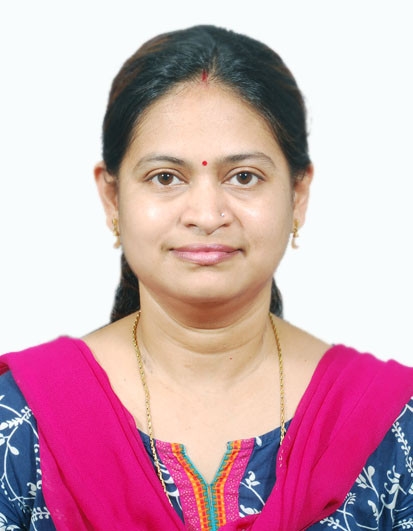- NAAC Re-Accreditated with "B+" Grade
- pkhnm2010@gmail.com
- 03214-250236 / 250941
The Department of Geography started its journey in the year 1999 with the B.A. General Course affiliated to the University of Calcutta. The department has a maximum intake capacity of 20 for the Honors degree programme affiliated to the University of Calcutta since its inception during the 2008-2009 session. This is an Undergraduate department successfully running with one faculty each as fulltime (substantiate post), contractual whole time and part time teachers. The department has a well equipped laboratory, departmental library, map library and a GIS laboratory with high speed internet and Wi-Fi facility. Map library section of this department is fully enriched with different type of maps such as topographical map, satellite imagery, aerial photograph etc. Departmental excursion is conducted by faculty members of the department every year separately for honors and general courses as per the University syllabus requirements. Students also publish wall magazines in the department under the guidance of faculty members in by-annual mode. The present student intake capacity is 35 for honours and 30 for general courses. In 2012, a State level seminar on hazard and disaster in North and Eastern India was organized by this department which was sponsored by University Grant Commission.Teachers of the department are always updated through regular participation in the syllabus related meetings which are organized by the University of Calcutta and refresher and orientation courses. Faculty members are involved in research work and participatein National and International Seminars. The Department maintains feedback of students and parents through Parent-teacher meetings, academic and personal counseling of students. Power Point Presentation as a mode of deliver of lectures by teachers has also been introduced complementary to chalk and talk modes.
The objective of any programme at Higher Education Institute is to prepare their students for the society at large. The programme of B.A/B.Sc. Hons. in Geography helps one to develop expert knowledge and skills to interrogate the range of different approaches to, and perspectives on, these issues, as well as the ability to understand how they interact.
Geography deals with the study of the physical features of the earth and its atmosphere, and of human activity as it affects and is affected by these, including the distribution of populations and resources and political and economic activities. Therefore, Geography enables one to understand these aspects and the ways in which they shape the world. Students will learn how to conduct surveys, use statistical and demographic analysis, and interpret data, prepare maps, and other tools for understanding. In addition to providing students with the analytical tools and habits of mind to assess these problems, we also encourage students to combine classroom study with field study to develop an integrated learning experience. This learning experience provides students with critical and analytical skills.
Geography graduates are trained to deal with multivariate problems, are skilled in information retrieval, data management and computing, and are used to working on their own initiative, and as such are highly employable in a variety of professions.
Graduates enter many different careers, including planning, teaching, finance, social and community work, environmental management and conservation, and the Civil Services.
Geography concerns changes in spatial attributes in a temporal perspective. It focuses on spatial studies, qualitative as well as quantitative, and emphasizes on human-environment relationship.
Student will gain the knowledge of physical geography. They will have a general understanding about the geomorphological and geotechnical process and formation. They will be able to correlate the knowledge of physical geography with the human geography. They will be able to acquire the knowledge of Human Geography and will correlate it with their practical life.
Students are able to use the different instruments to measure the parameters of daily weather phenomenon and forecast the weather report of a particular place.
They can also identify the characteristics of soil and suggest suitable crops for cultivation. Student will be able to analyse the problems of physical as well as cultural environments of both rural and urban areas in Settlement Geography. Moreover they will try to find out the possible measures to solve those problems.
They will be eligible for conducting social survey project which is needed for measuring the status of development of a particular group or section of the society and to identify the socioenvironmental problems of a locality.
Students will be able to learn the application of various modern instruments and by these they will be able to collect primary data. They will learn how to prepare map based on GIS by using the modern geographical map making techniques.
Understand the impact of the acquired knowledge in societal and environmental contexts, and demonstrate the knowledge of need for sustainable development.
Understand the impact of the acquired knowledge in societal and environmental contexts, and demonstrate the knowledge of need for sustainable development.

Associate Professor & HoD

SACT-I

SACT-I